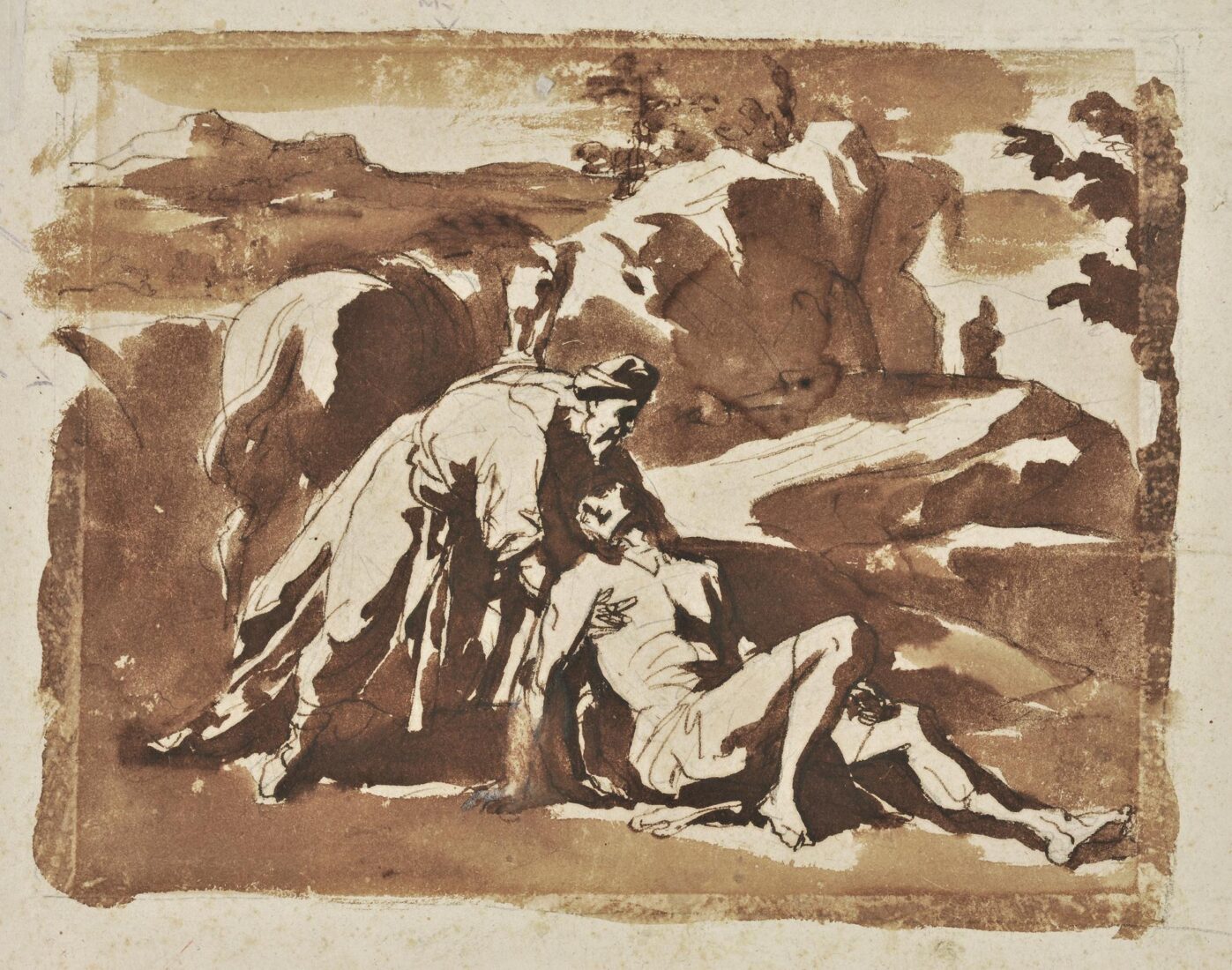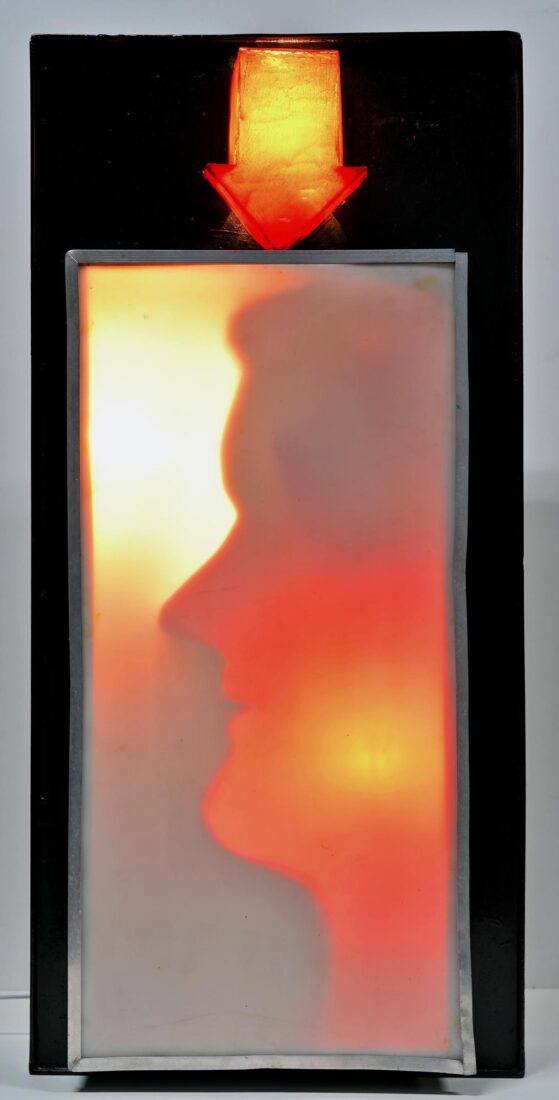

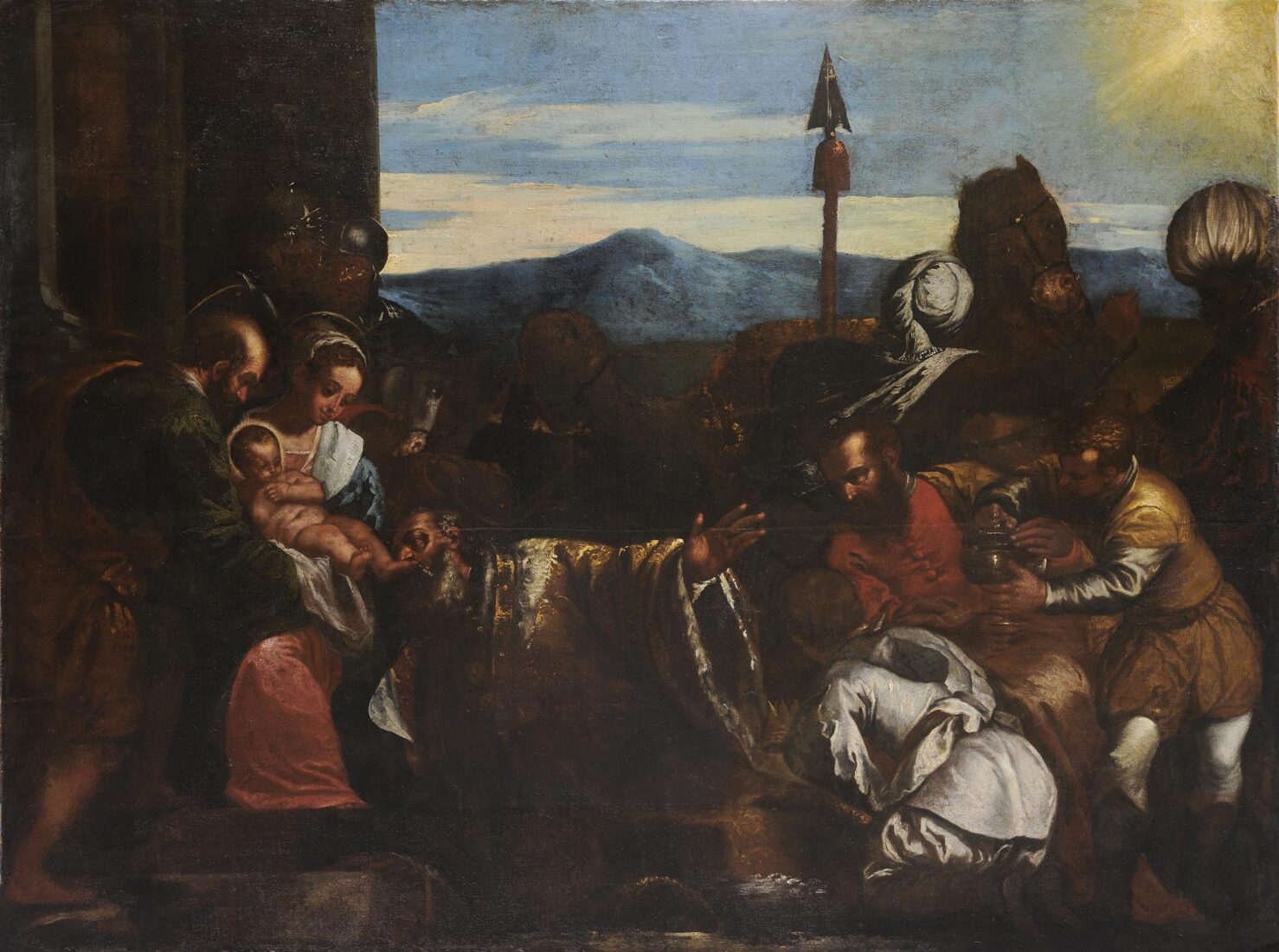
This painting is a variation of a work by Paolo Caliari (better known as Paolo Veronese), which is in the library of the Ateneo Veneto (Istituto Veneto di Scienze, Lettere ed Arti in Venice). The Ateneo Veneto is a non-profit institution that was founded in 1812 and is housed in the building of the Scuola Grande di San Fantin, also known as the Scuola di Santa Maria e di San Girolamo. In 1562 a number of great architects, painters and sculptors, amongst them Veronese, embarked upon a major reconstruction and decoration scheme for the Scuola, which had been destroyed in a fire. This date also defines the period during which this composition was created, that is to say, after 1562 or possibly in 1563, a time when religious painting followed the edicts of the Council of Trent (1545- 1563), which issued condemnations of what was judged as heresy committed by Reformation Protestants. In its final session, in 1563, the Council delineated the rules for religious images: they were to undertake the role of the ‘book for the illiterate’ and had to be comprehensible to the faithful and approved by the bishop.
“The Adoration of the Magi” is an image that is readily understandable. The Holy Family is placed off-centre, on the left side of the composition. The Virgin Mary, with the Christ Child in her arms, is sitting on the steps of a magnificent building and extends Jesus’ tiny foot to the first magus to kiss. Joseph, on the very left, with his side and back to the viewer, is helping and at the same time protecting them. Behind the kneeling magus follows a second, while the third is not completely visible. The protagonists are surrounded by horses and soldiers, while two servants in the foreground hold the gifts.
In comparison to the Ateneo Veneto work, the National Gallery painting is different in several ways, mainly in size. Although the National Gallery work is larger, a substantial part from the right side of the composition is missing, as well as a part from the left. In addition, the many over-paintings prove that it has suffered damage in the past. In the recent attempt to conserve it, the removal of a large part of the over-paintings, mainly from the cape of the magus, revealed a refined, albeit chromatically dull brushstroke. The painting’s quality, however, leads to the conclusion – with all due reservations – that this is a version of the Ateneo Veneto work created if not by someone from the studio of Veronese, then by someone close to his time who followed his example.
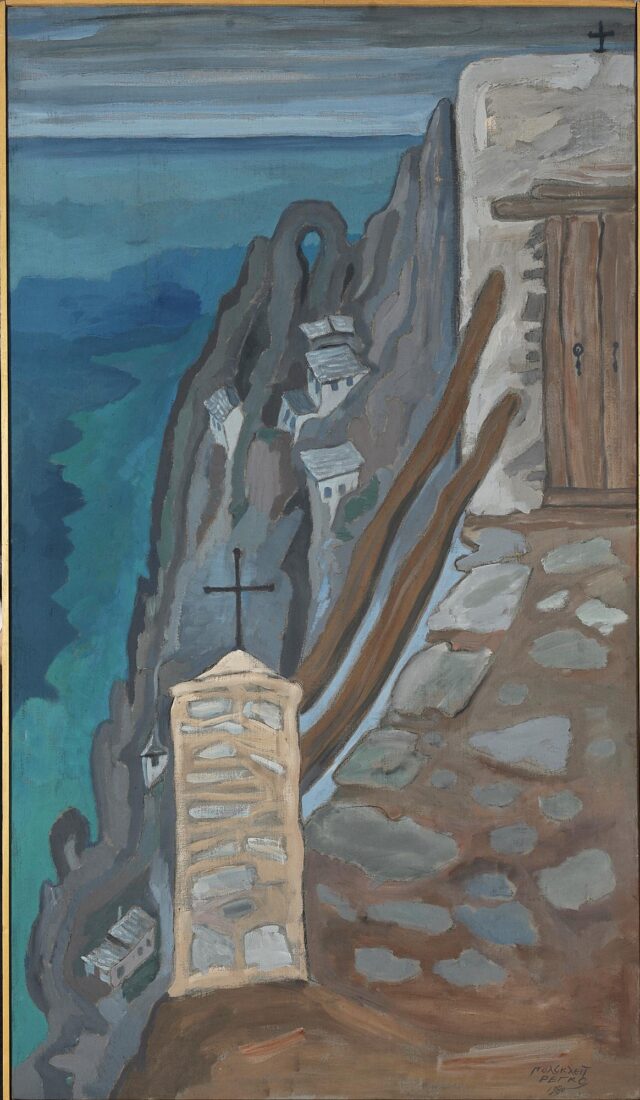
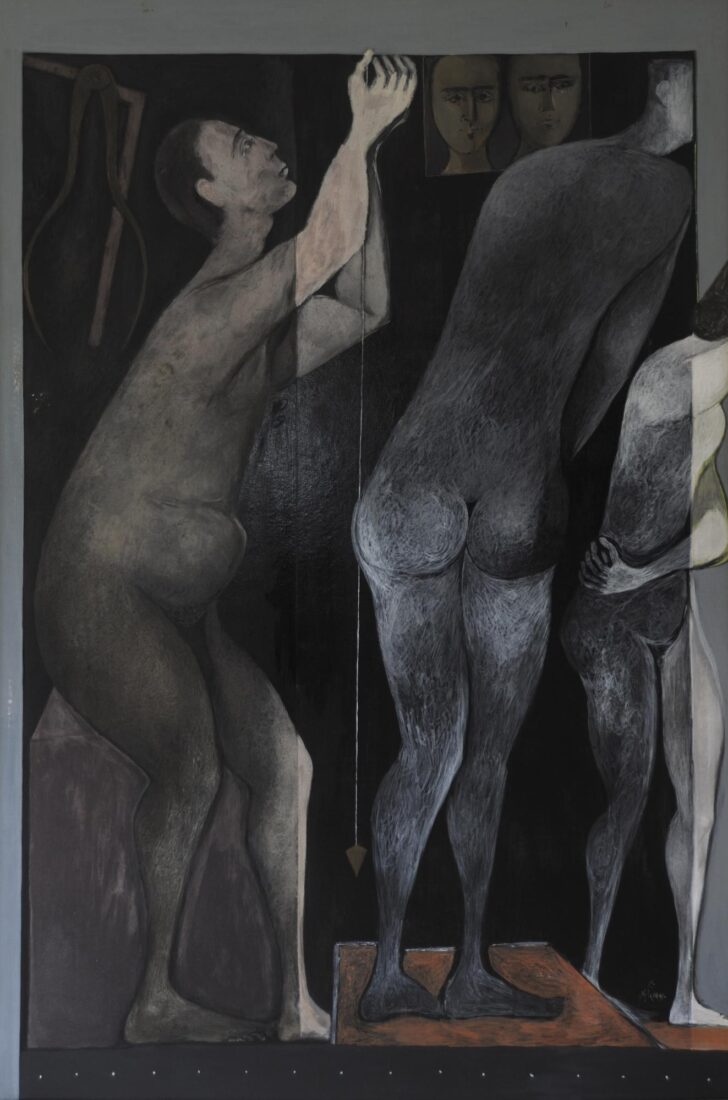
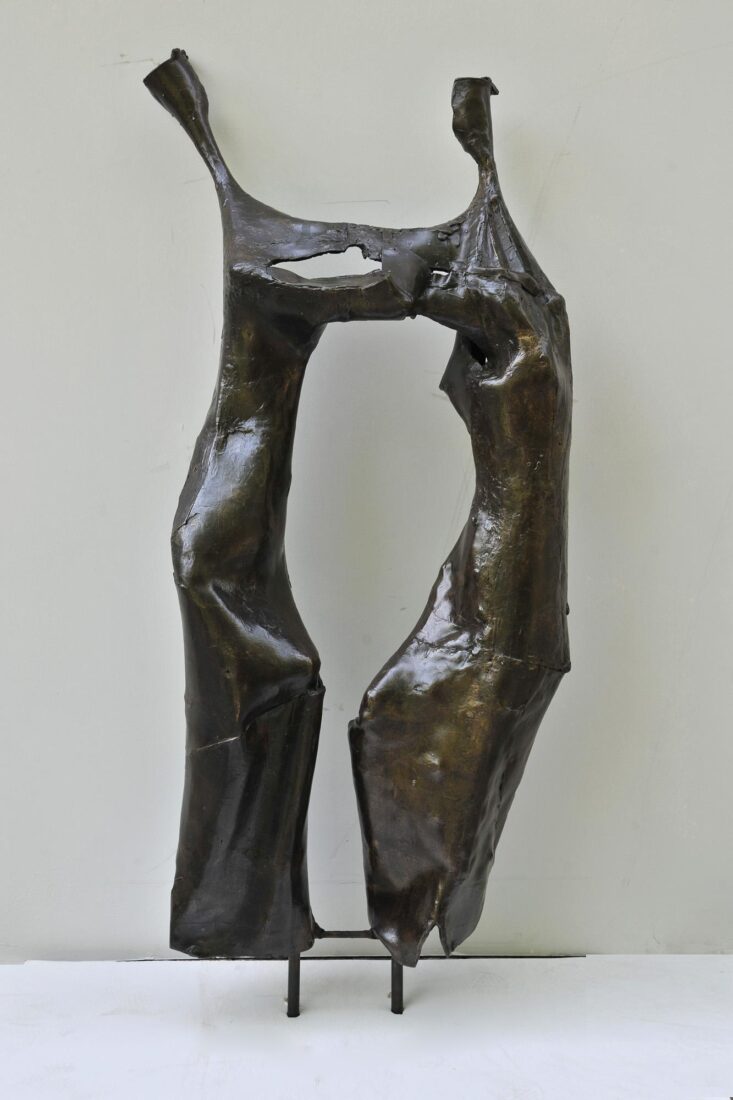
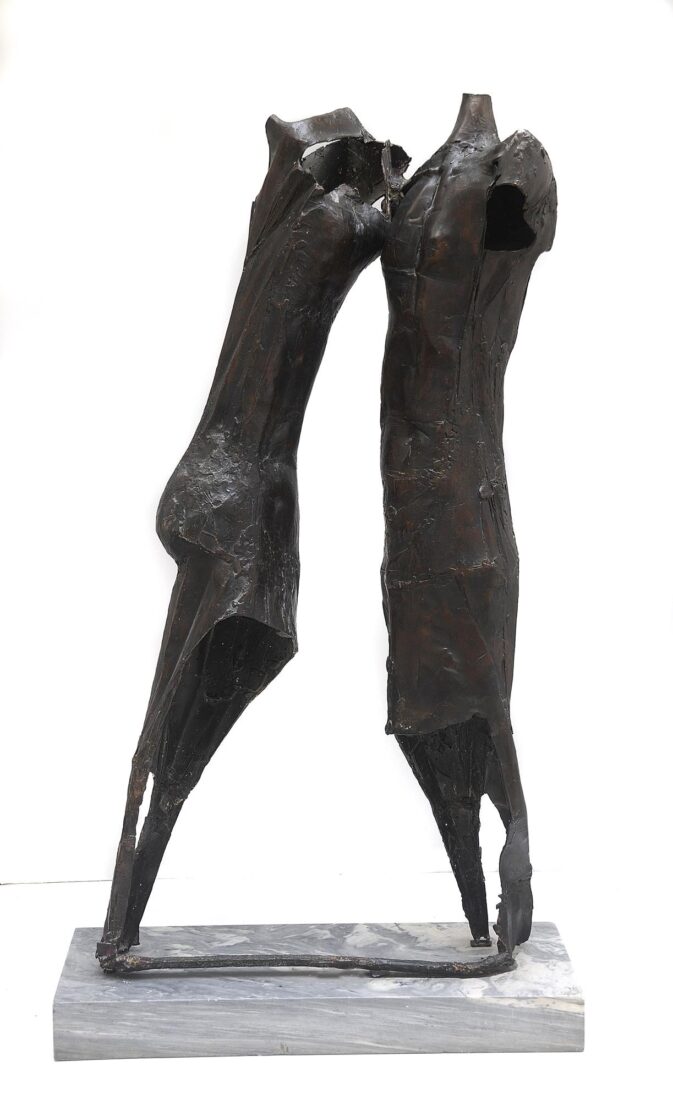
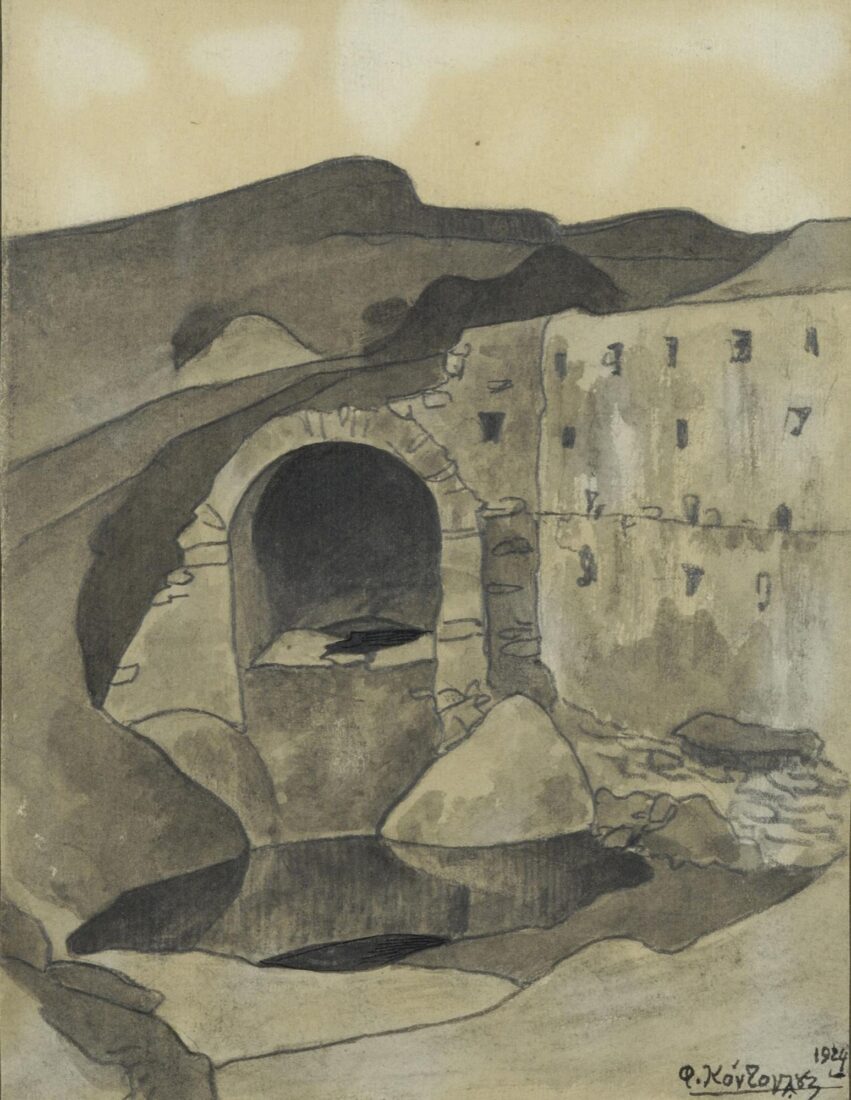
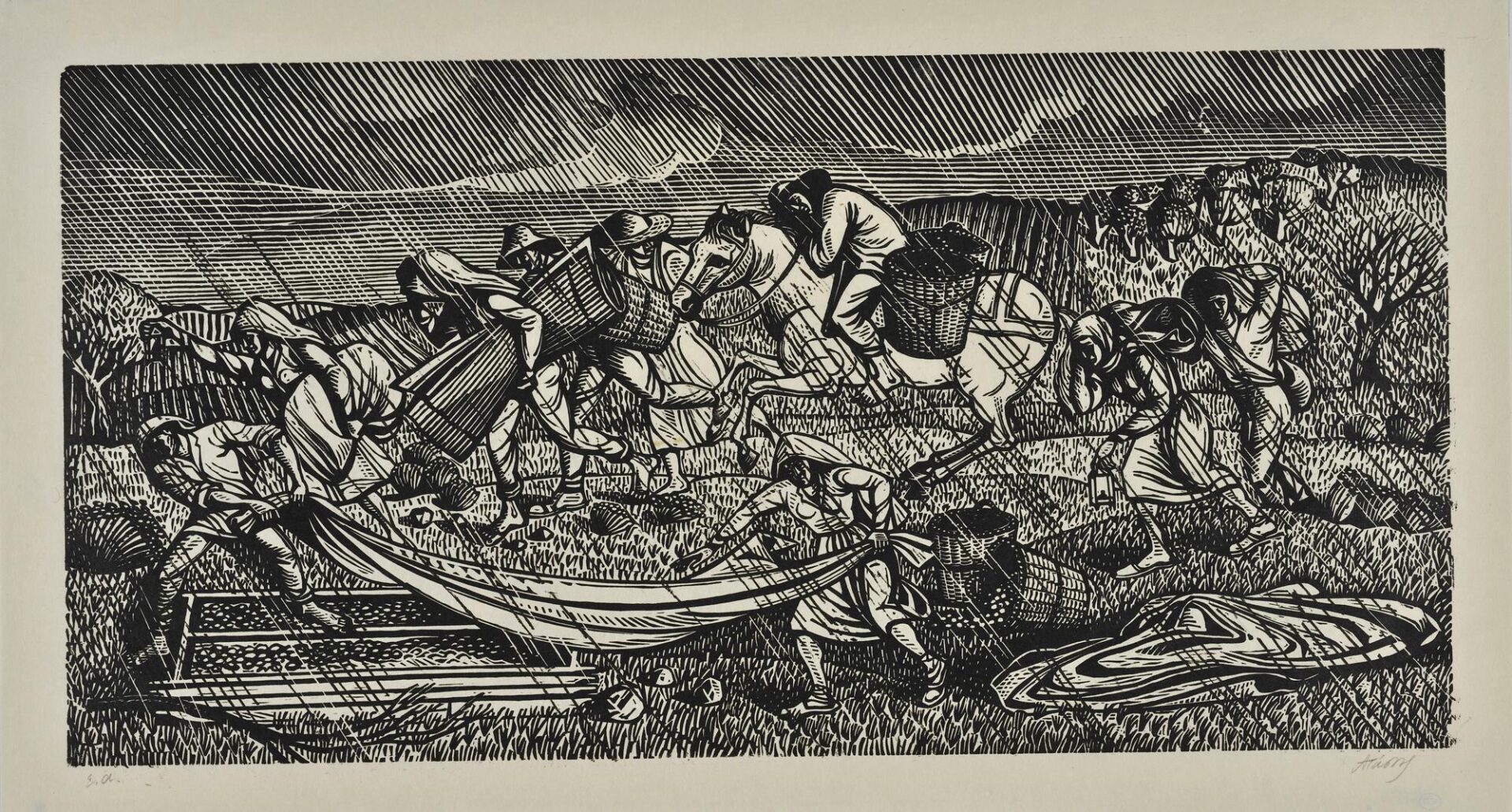
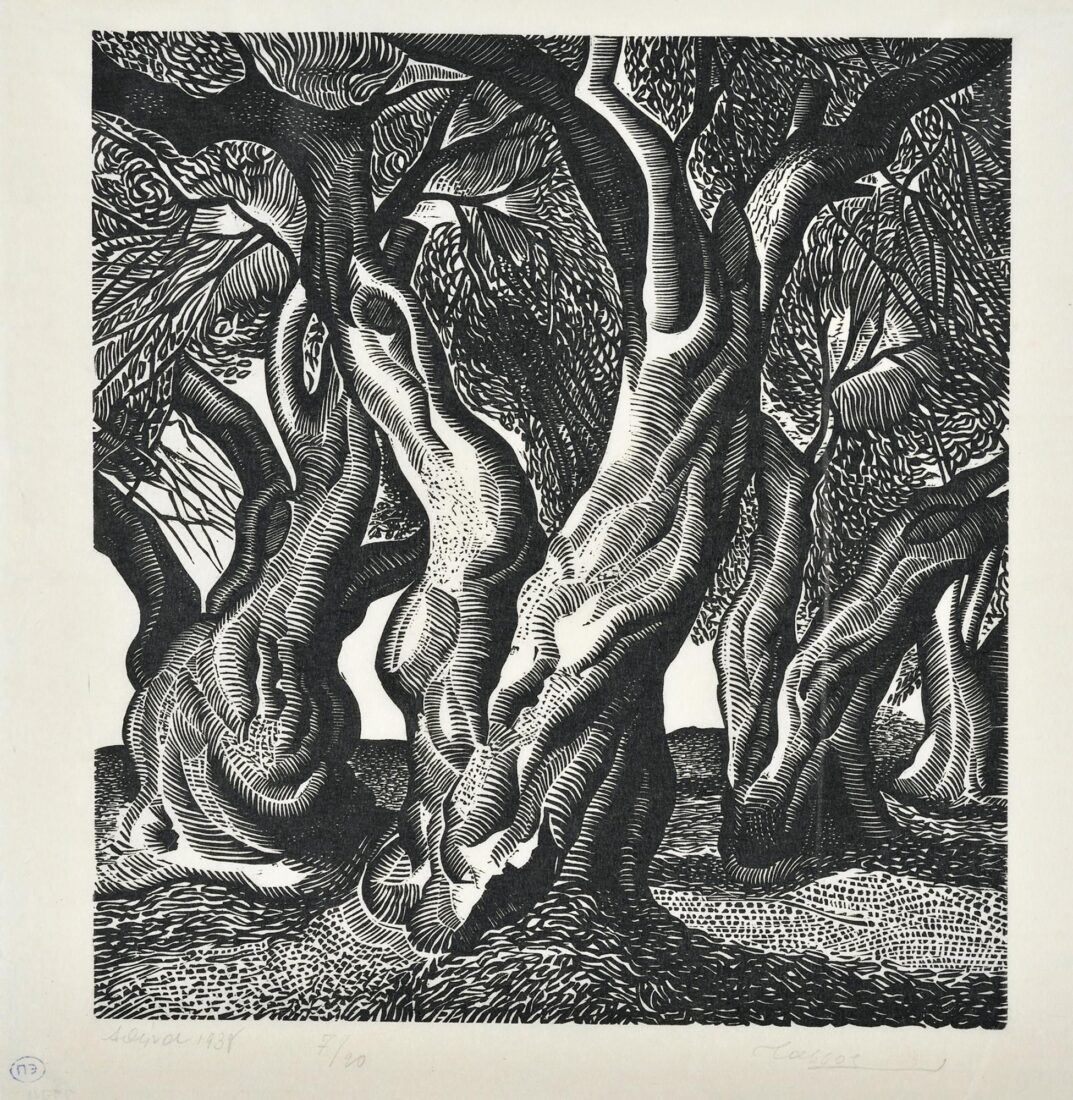
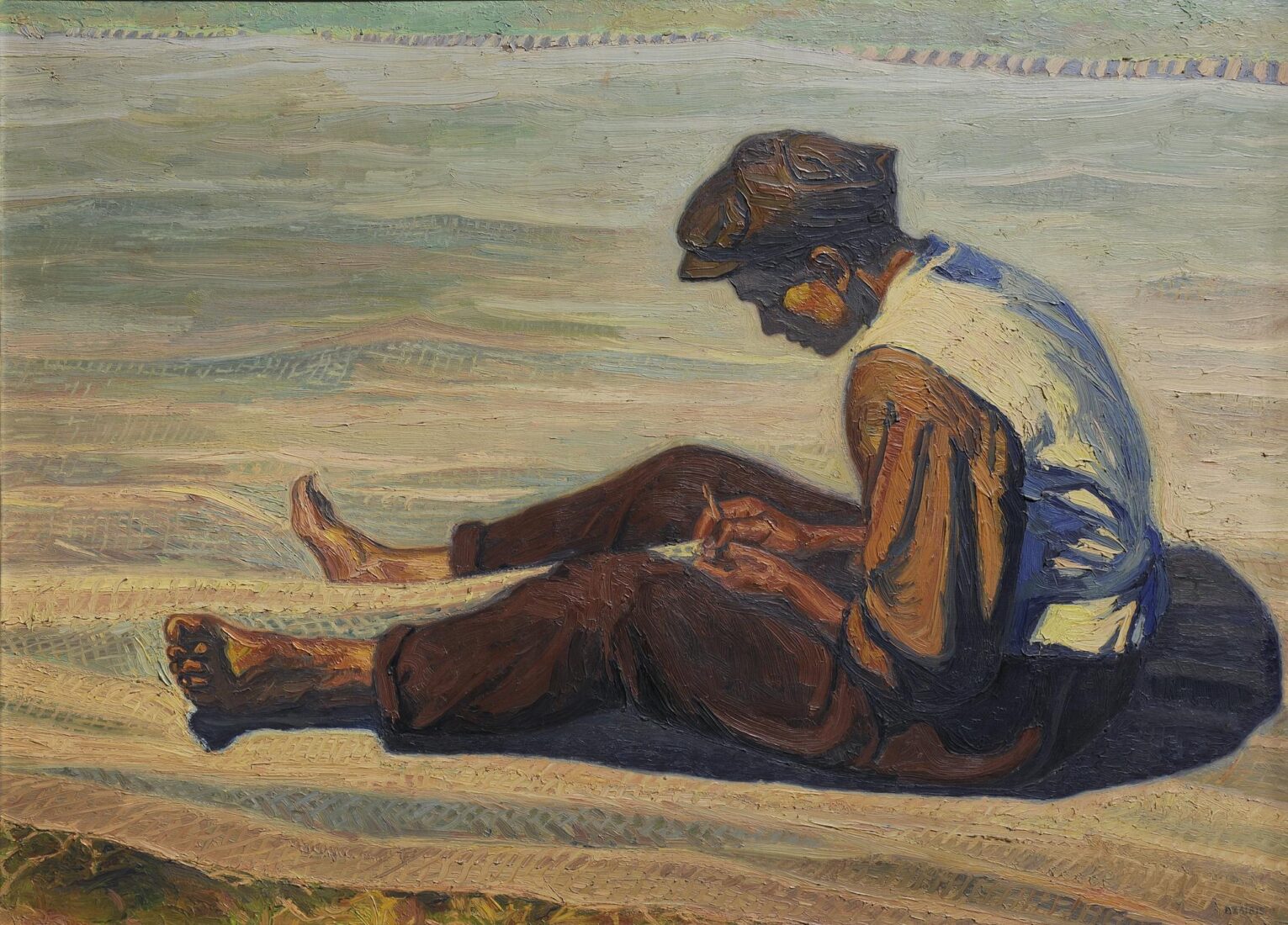
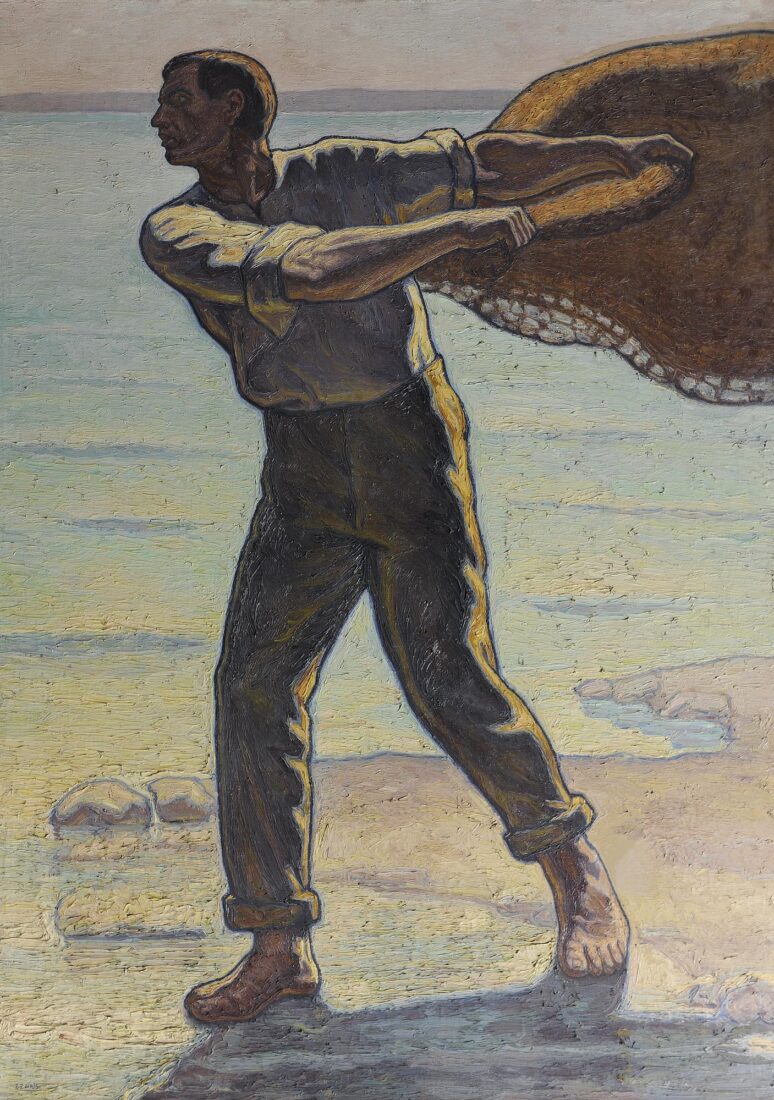
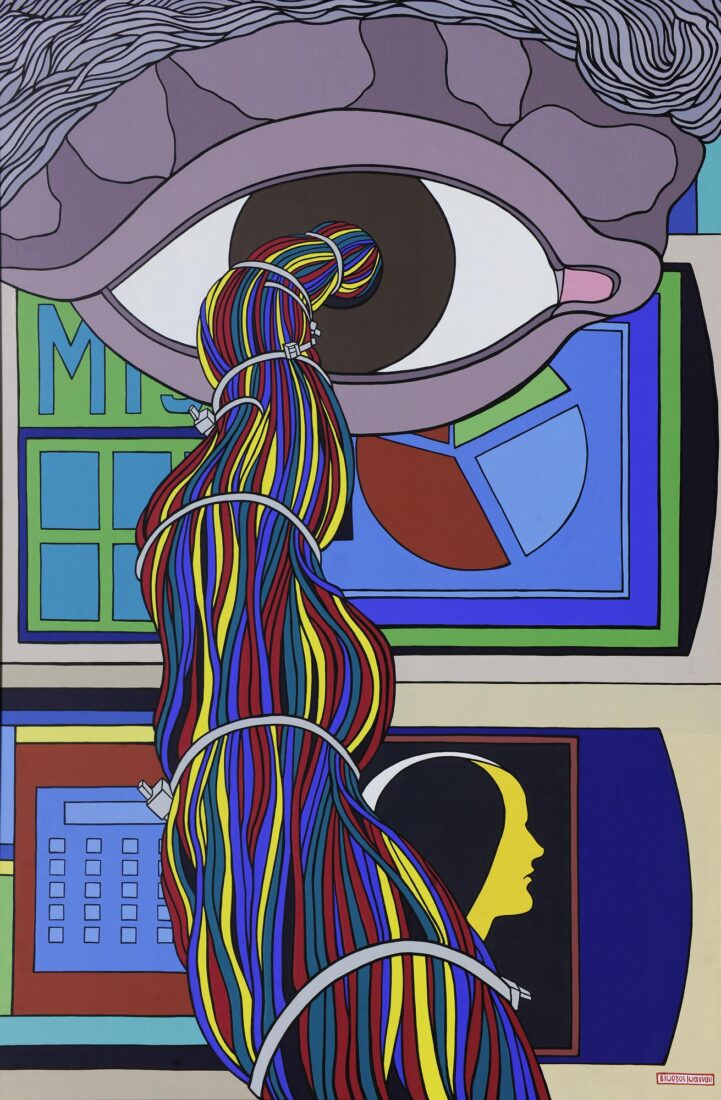
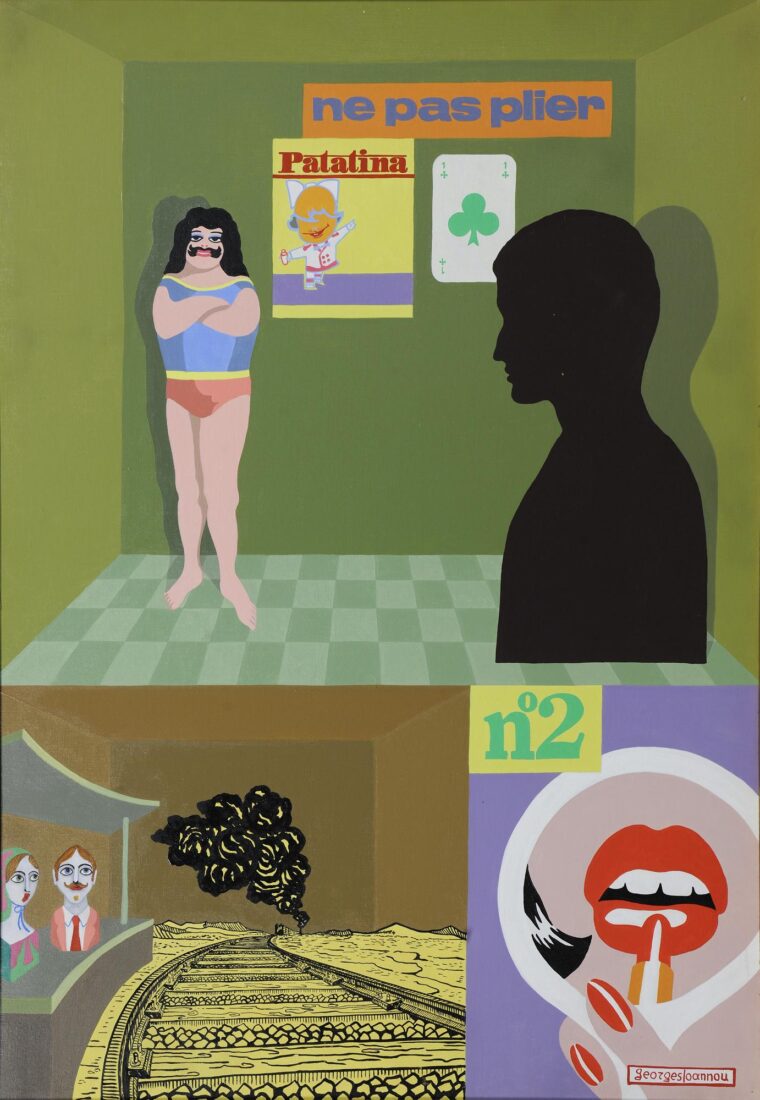
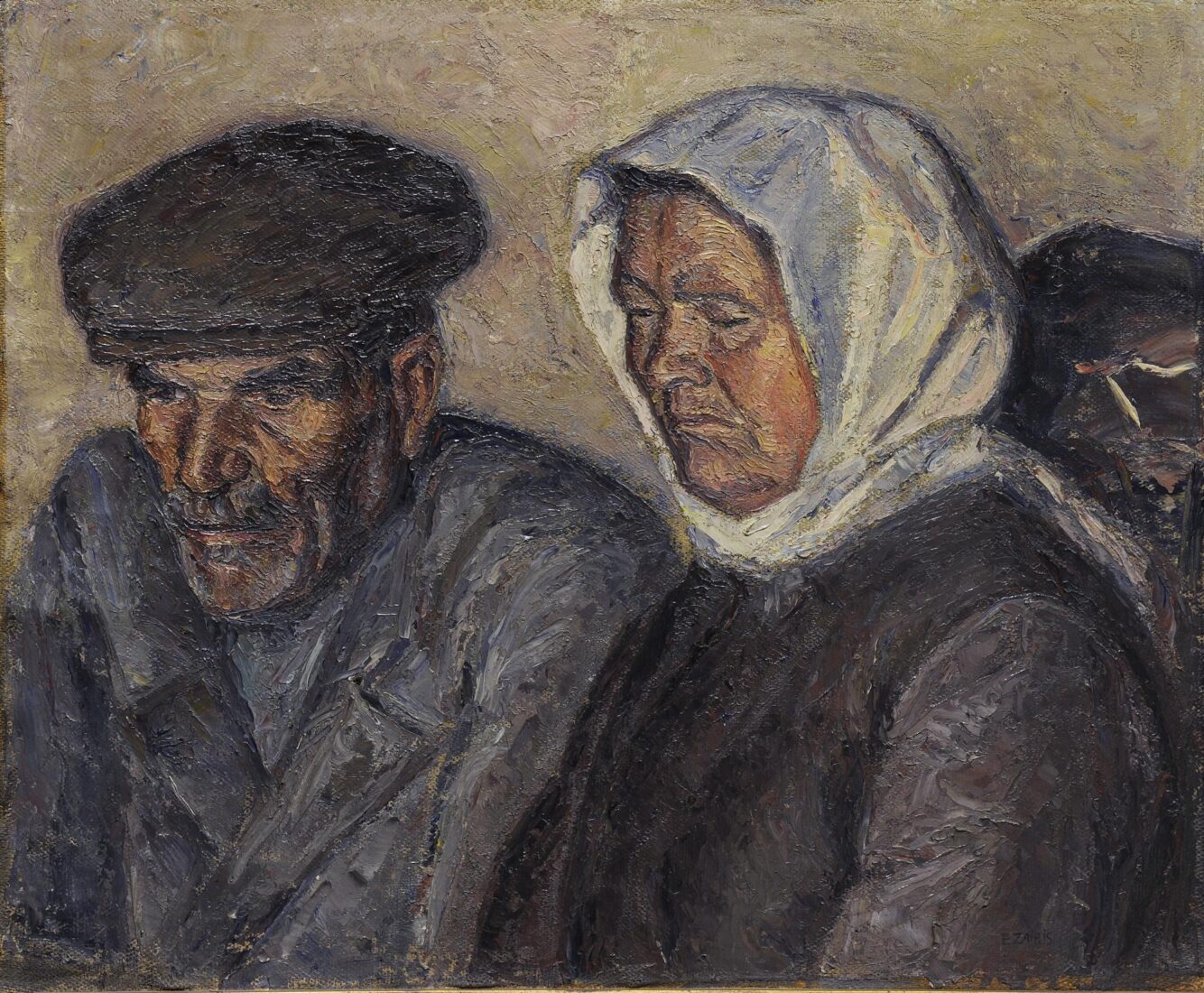
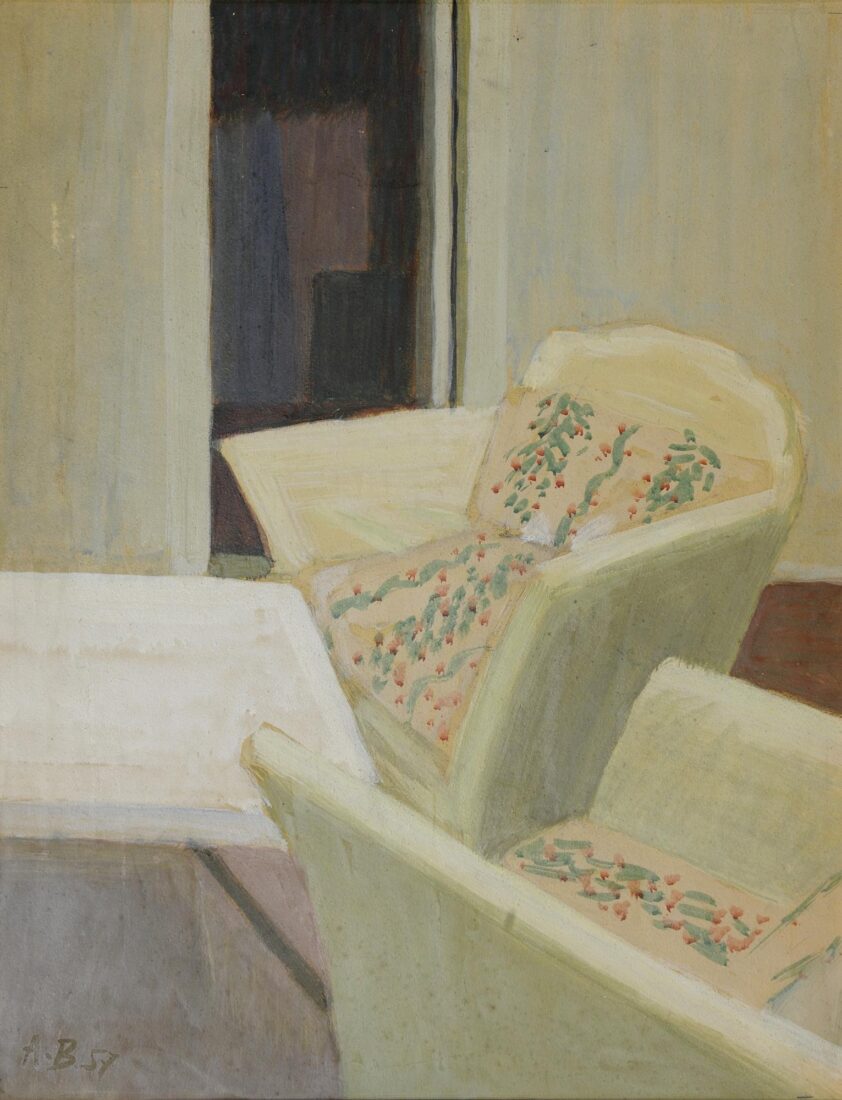
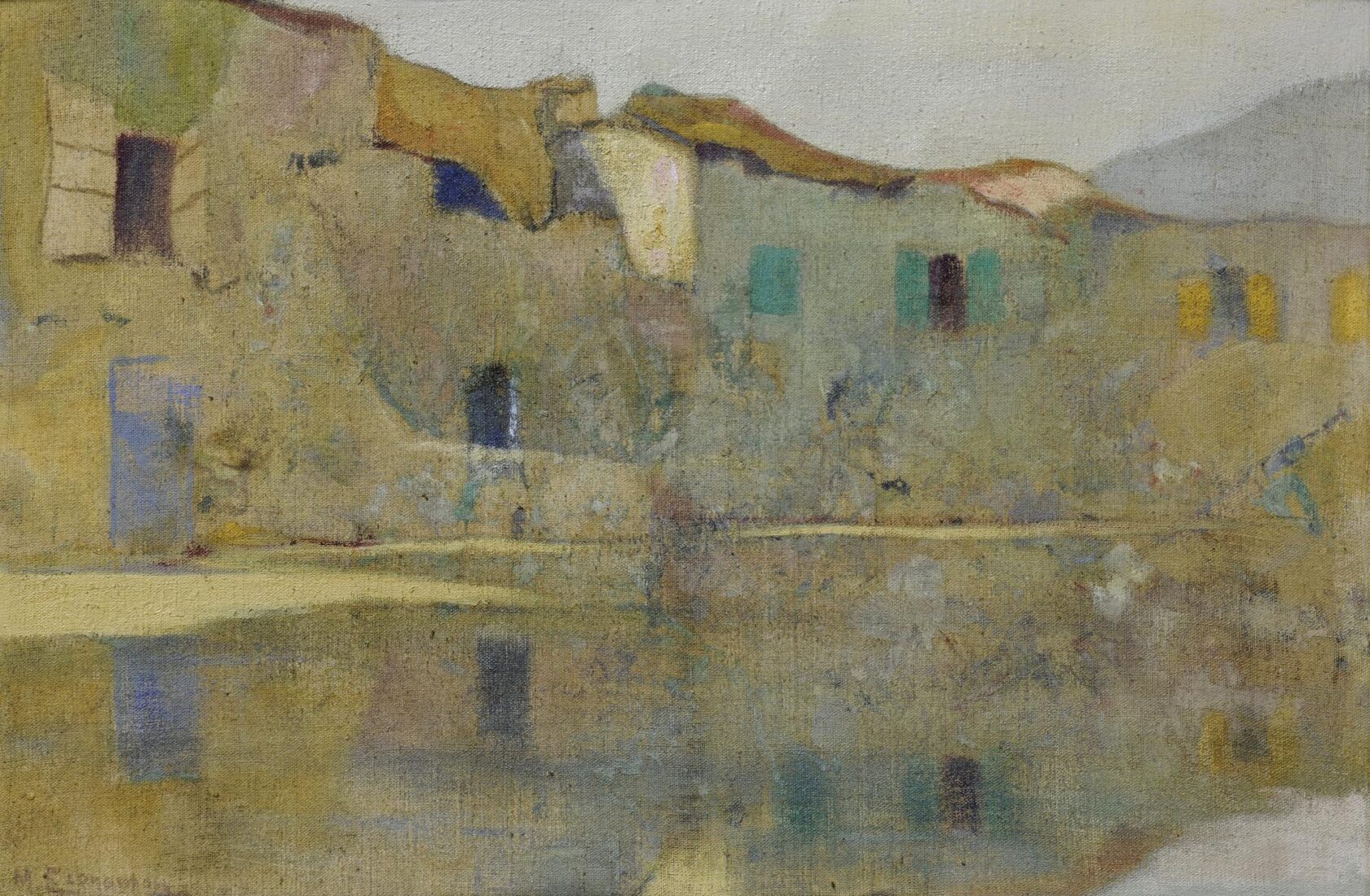
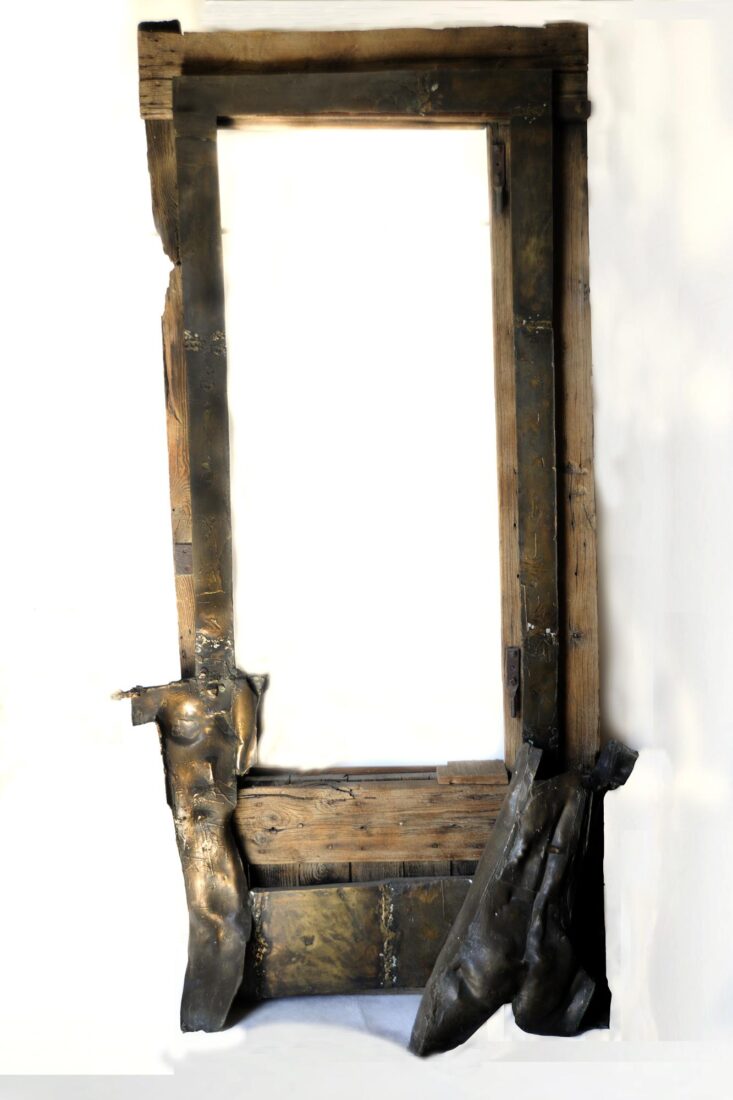
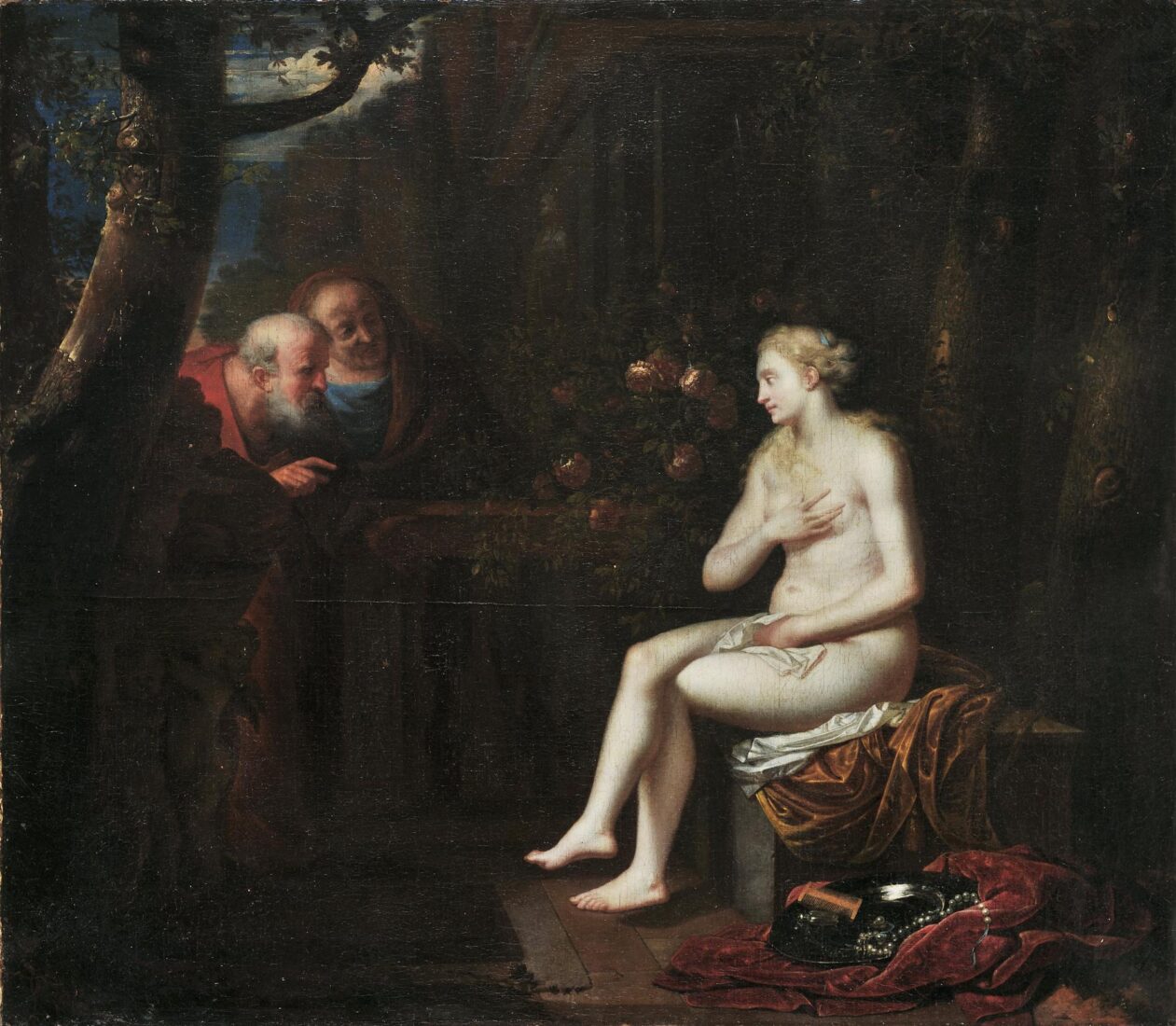
The story of Susanna and the two old men who watched her while taking her bath, her trial, based on the false accusations by the old men for adultery, because she had rejected their advances, and her acquittal with the help of the prophet Daniel, were all very popular depictions of the triumph of purity. Becoming a symbol of spousal fidelity from the 16th century on, this was yet another pretext for depicting the female body in a nude, yet decent pose. Susanna and the Elders, donated to the National Gallery by Georgios Averoff, is an example of this iconographic theme, credit for which is hesitantly attributed by Marilena Cassimatis and Angela Tamvaki to the Dutch artist Adriaan van der Werff (Kralingen, 1659 – Rotterdam, 1722).
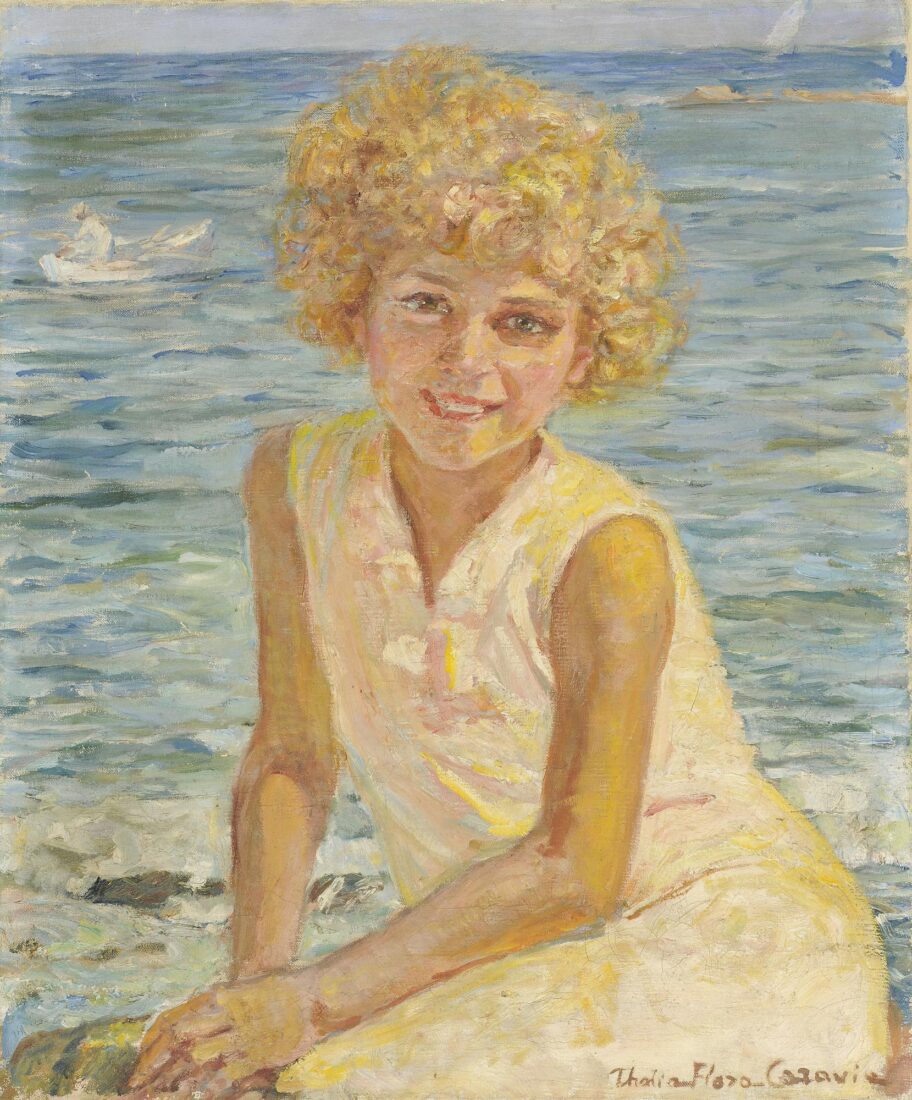
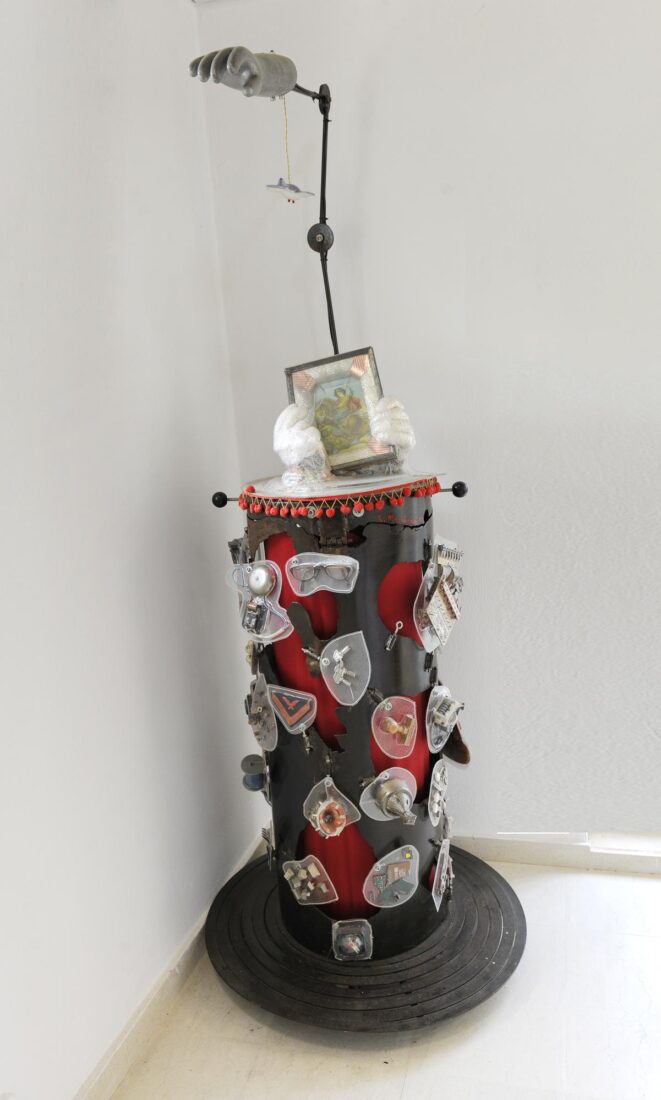
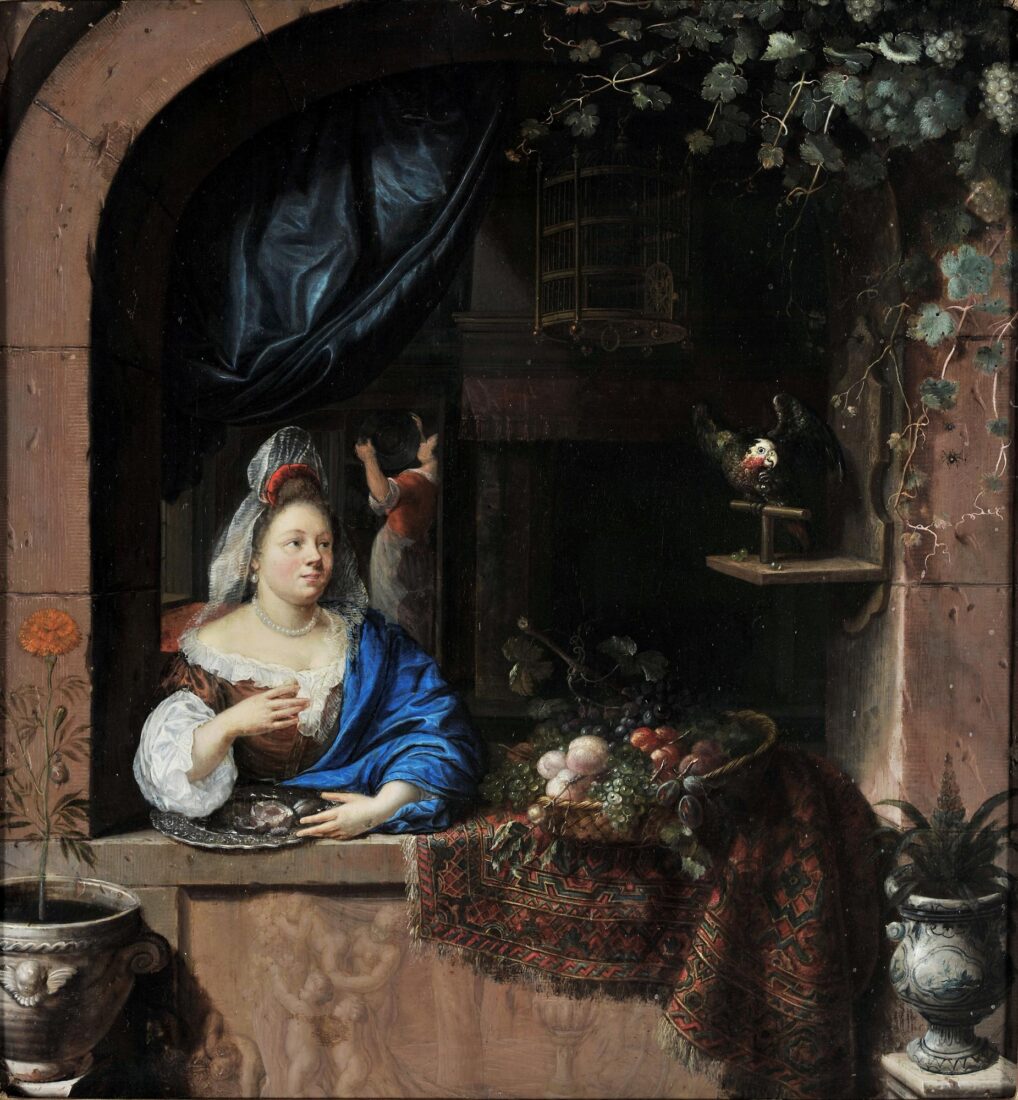
Willem van Mieris (1662–1747), the son of the artist Frans van Mieris the Elder (1635–1682), followed Netherlandish painting traditions in pursuing everyday-life subjects, interiors, historical and mythological scenes. In “Young Woman with a Parrot”, donated by Aikaterini Rodokanaki in 1904, a delicate touch captures the figures and props (week of 20 August), while meticulously detailing the setting, accentuating interior features – for instance the carpets, reliefs, and still-life paintings – and textures.
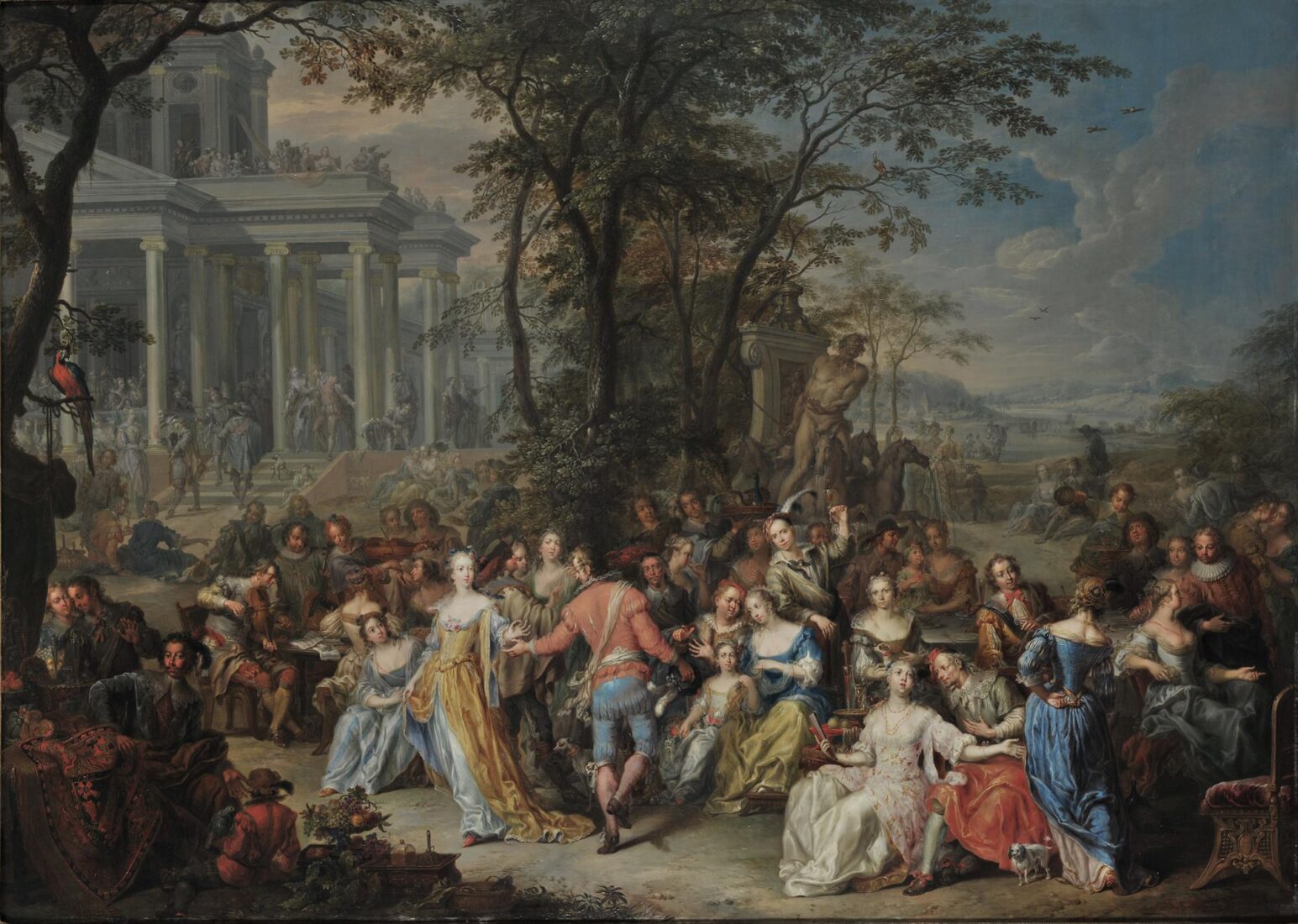
“Outdoor Dance”, of 1738, by Franz-Christoph Janneck (Graz 1703 – Vienna 1761), the leading Austrian exponent of Rococo, is a characteristic Rococo painting in the style of Jean Antoine Watteau (1684–1721), reminiscent of the latter artist’s fetes galantes, in which carefree parties of young people are casually enjoying themselves, flirting in the countryside.
This artwork was acquired by the National Gallery in 1967 with funds from the Alexandros Soutsos Estate.
A party of aristocrats are attending an outdoor feast in the gardens of a country mansion, or palace. In the middle of the composition, a pair of human figures, apparently the hosts, open the dance (week of 9 July), while women and men around them, clad in elegant countryside attire, talk, flirt, promenade. The colours used by Janneck are made even more vibrant set against the copper substrate which he commonly used in his paintings, as is the case for the painting in the National Gallery collection.

“The feast of the Epiphany” in the National Gallery is part of the Technical University’s donation. This is probably a copy by Jordaens’s studio of the master’s work currently in the Gemaldegalerie Alte Meister (Kassel). Jordaens, a follower of Adam van Noort (1561/62–1641) got married to his master’s daughter, Catarina, who apparently became his favourite model. The artist received many commissions of his own, and worked closely with his father-in-law, as well as with Rubens (Peter Paul Rubens, 1577–1640). Similarly to his father-in-law, Jordaens maintained a large studio to handle the commissions he received; he amassed a great fortune and a notable personal art collection. He died during a cholera epidemic that swept Antwerp in 1678. A painter of historical, mythological, allegorical, religious, and genre scenes, a watercolourist, and a printmaker, he was one of the greatest 17th-century Flemish painters, alongside Anthony van Dyck (1599–1641) and Rubens.
The subject of this painting is a Flemish folk custom of celebrating Epiphany: during a long, festive banquet, a cake is served, with a black bean hidden inside. Whoever finds the bean becomes king or queen of the day, wears a crown, and chooses who sits beside them. In the six versions of this painting produced by Jordaens, the king is depicted raising his glass to toast, while the merry company cries, ‘The King drinks!’ The oldest man is depicted as king. Notably, the artist’s relatives – including his wife, daughter, father-in-law, children, and friends – served as models for the folk figures.
The oldest version – which served as model for the painting in the National Gallery – is the one in the Gemaldegalerie Alte Meister in Kassel and was produced in four distinct phases. In the first one, circa 1635, the painting was limited to the group surrounding the flute player and the elderly woman on the right. The young singer to the left was added later, and eventually a full-length male figure was also introduced. Around 1636/37, the artist’s daughter, Elizabeth, served as model for the young woman in the center. In the 1650s, the last section was added, which transformed the painting into a drinking feast, with a comic effect.
The painting in the National Gallery replicates the scene up to the third phase, depicting a cheerful social gathering, a fact that leads us to believe that it must have been produced after 1637 and before the final version.
